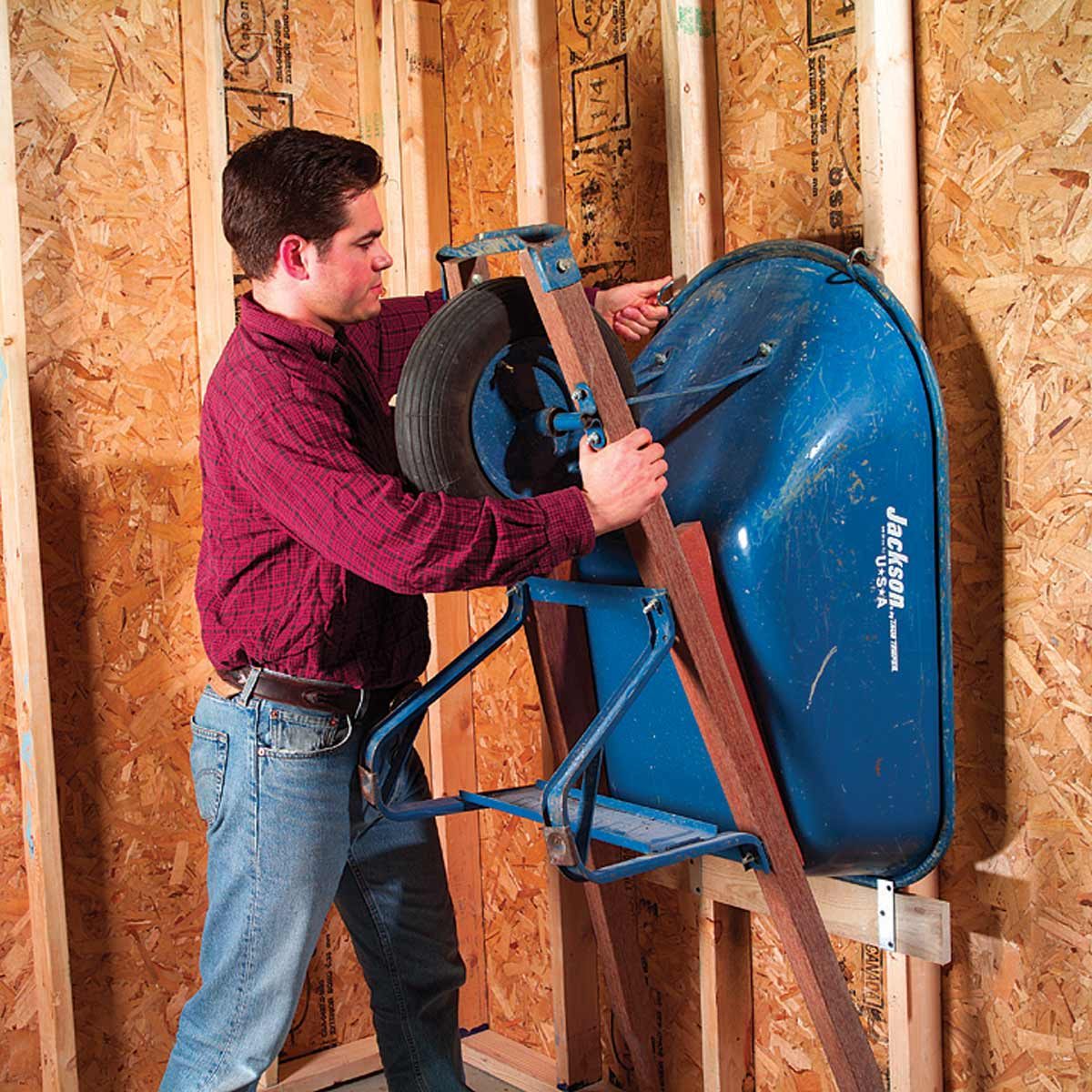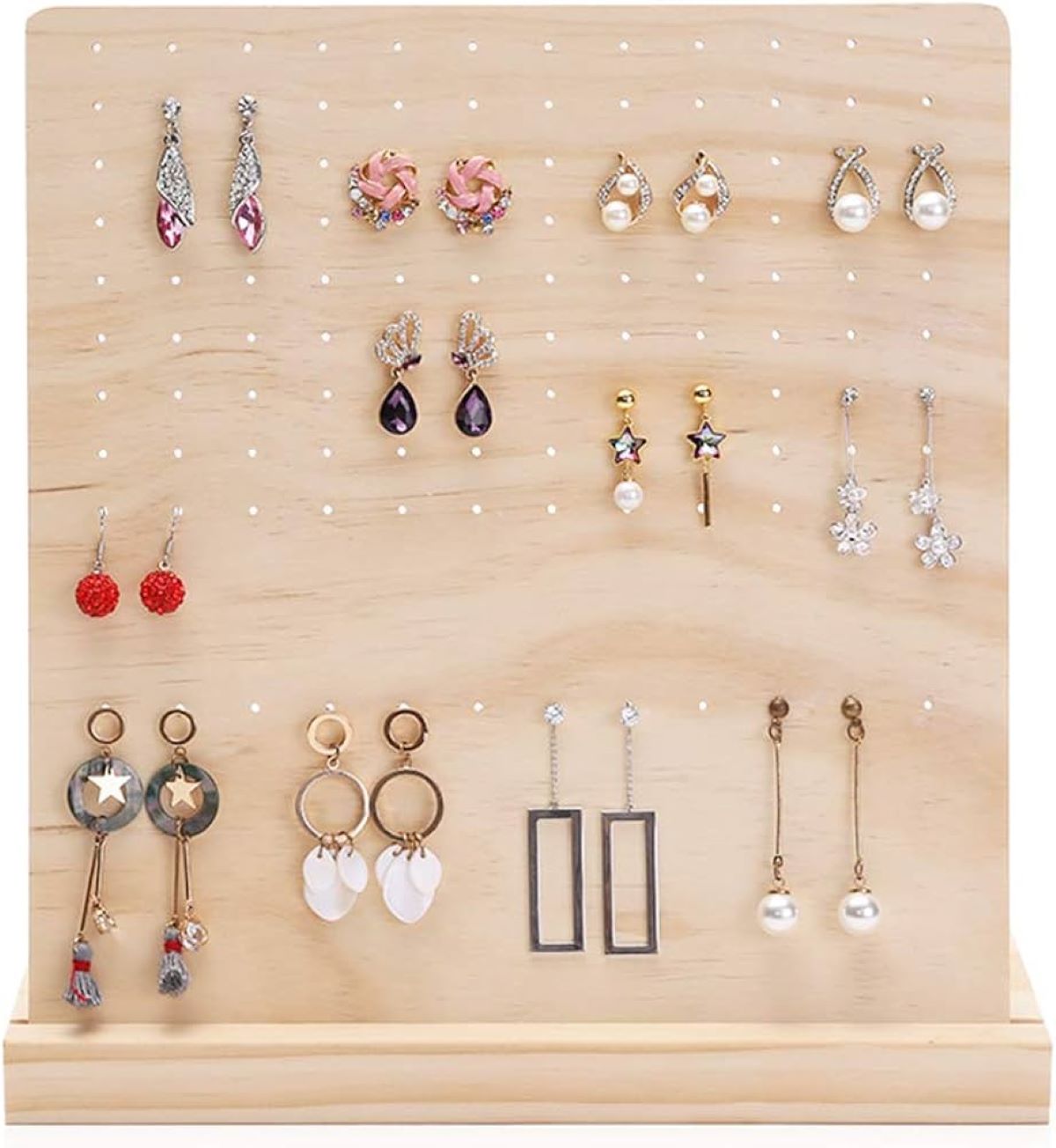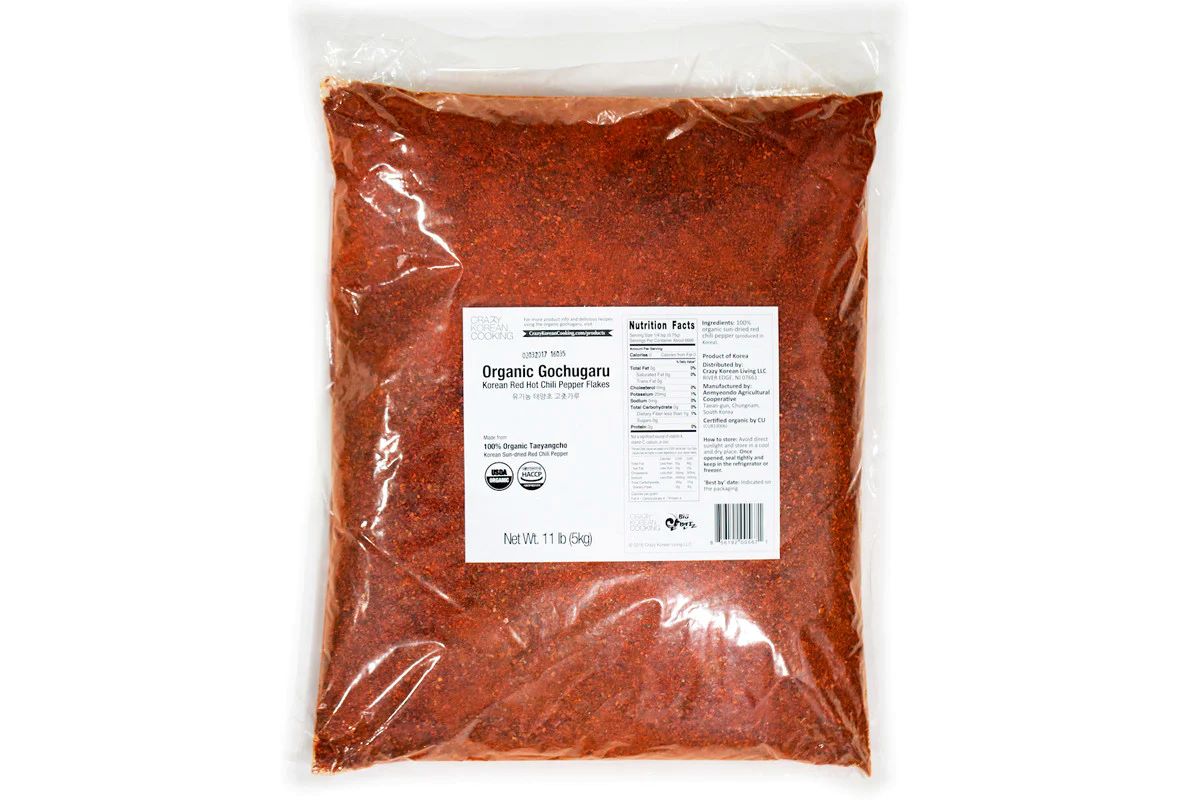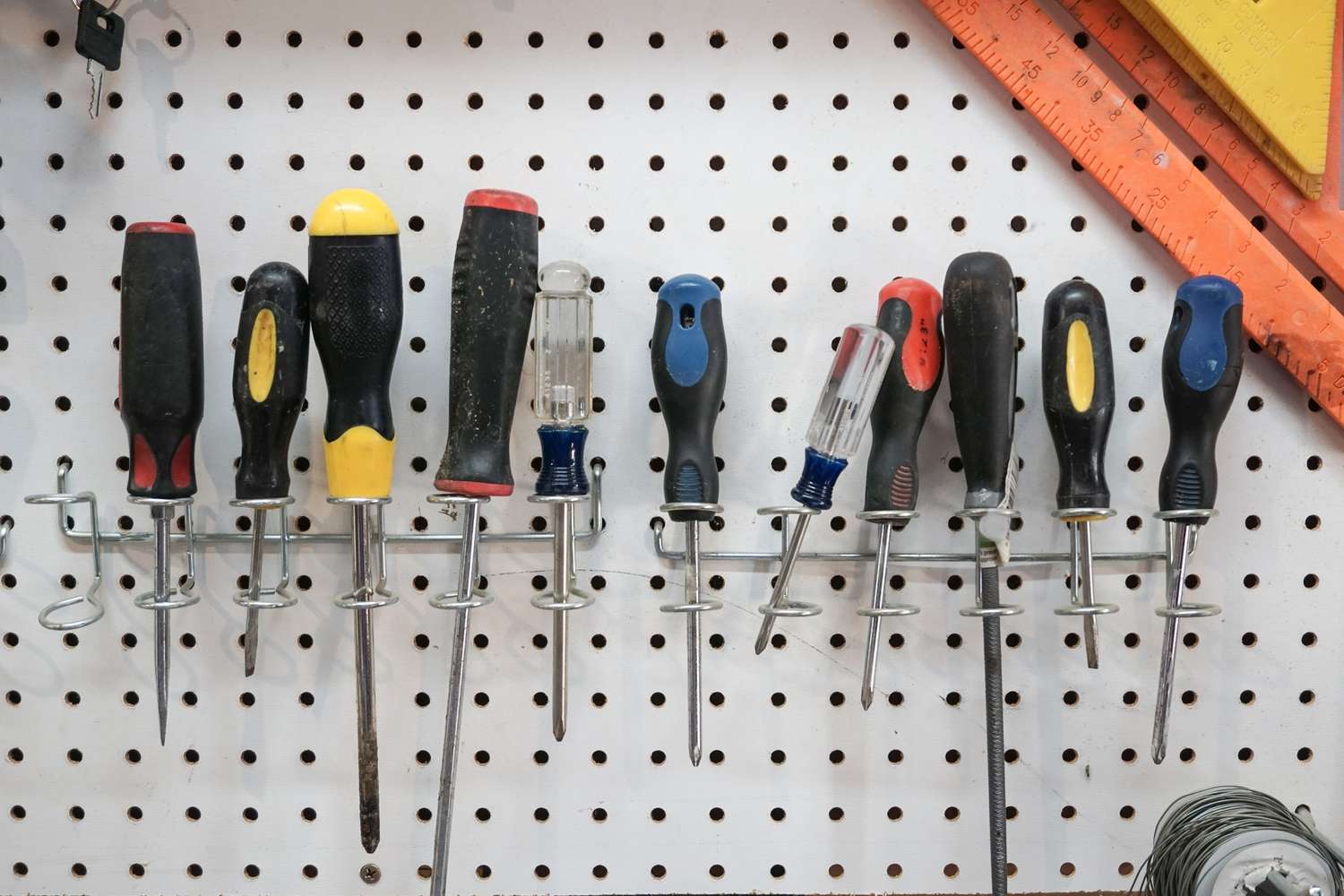

Articles
How To Store A Wheelbarrow
Modified: December 7, 2023
Learn the best techniques for storing a wheelbarrow and maximizing its lifespan with these informative articles. Discover expert tips and tricks for proper maintenance and storage.
(Many of the links in this article redirect to a specific reviewed product. Your purchase of these products through affiliate links helps to generate commission for Storables.com, at no extra cost. Learn more)
Introduction
Storing a wheelbarrow properly is essential to ensure its longevity and maintain its functionality. Whether you’re preparing for the winter season or simply need to create more space in your garage or shed, knowing how to store your wheelbarrow correctly can help protect it from damage caused by the elements and extend its lifespan.
In this article, we will provide you with a step-by-step guide on how to store a wheelbarrow effectively. By following these simple tips, you can keep your wheelbarrow in optimal condition and ready for use whenever you need it.
So let’s dive in and learn how to store a wheelbarrow properly!
Key Takeaways:
- Properly storing your wheelbarrow is crucial for maintaining its functionality and extending its lifespan. Follow these steps to protect your investment and ensure your wheelbarrow is always ready for use.
- Choosing a suitable storage location, cleaning the wheelbarrow, and using a cover or tarp are essential steps in preserving your wheelbarrow. Regular inspections and maintenance tasks will help keep it in optimal condition for years to come.
Read more: How To Store Store-Bought Bread
Step 1: Choose a suitable location
The first step in storing a wheelbarrow is to find a suitable location for it. Ideally, you want to store it in a dry and well-ventilated area to prevent rust and other forms of damage. Here are a few factors to consider when choosing a location:
- Protection from the elements: Select a spot where your wheelbarrow will be shielded from rain, snow, and direct sunlight. Exposure to these elements can cause the metal to corrode, the rubber tires to deteriorate, and the wooden handles to warp or crack.
- Space: Ensure that you have enough space to store the wheelbarrow without it getting in the way. Consider the size of your wheelbarrow and ensure that there is enough clearance around it for easy access.
- Accessibility: Choose a location that allows for easy retrieval when you need to use the wheelbarrow. It should be easily accessible without having to navigate through clutter or obstacles.
- Security: If possible, select a location that offers some level of security. This could be a locked shed, garage, or fenced area. Keeping your wheelbarrow secure reduces the risk of theft or unauthorized use.
Once you have identified the suitable location, you can move on to the next step: cleaning the wheelbarrow.
Step 2: Clean the wheelbarrow
Before storing your wheelbarrow, it’s essential to clean it thoroughly to remove any dirt, debris, or grime that may have accumulated over time. Cleaning the wheelbarrow not only keeps it looking neat but also prevents the buildup of corrosive substances that can damage the metal parts.
Here’s how you can clean your wheelbarrow:
- Empty the contents: If there are any materials or items in the wheelbarrow, such as soil or rocks, remove them completely.
- Rinse with water: Use a hose or a bucket of water to rinse off any loose dirt or debris from the surface of the wheelbarrow. Pay special attention to the inside of the bed, the handles, and the wheel.
- Scrub with a brush: For stubborn stains or dried-on mud, use a brush or sponge to scrub the affected areas with a mild detergent or soapy water. Be sure to scrub the entire surface, including the underside of the bed and the corners of the wheelbarrow.
- Rinse again: After scrubbing, rinse the wheelbarrow thoroughly with clean water to remove any soap residue.
- Dry completely: Allow the wheelbarrow to air dry completely before moving on to the next step. Any residual moisture can promote rust, so make sure it is completely dry.
By taking the time to clean your wheelbarrow, you not only improve its appearance but also remove any potentially harmful substances that could cause damage during storage. Now that your wheelbarrow is clean, you can move on to the next step: removing any loose or detachable parts.
Step 3: Remove any loose or detachable parts
Before storing your wheelbarrow, it’s important to remove any loose or detachable parts. This step helps prevent damage to these components and allows for more efficient storage. Here’s what you should do:
- Remove the handles: Many wheelbarrows have handles that can be easily detached. Check if your wheelbarrow allows for handle removal and follow the manufacturer’s instructions to securely remove them.
- Inspect the tires: Examine the tires to ensure they are in good condition. If you notice any signs of wear, such as cracks or flat spots, consider replacing them before storing the wheelbarrow.
- Remove accessories: If your wheelbarrow has any additional accessories, such as tool holders or trays, detach them and store them separately. This will prevent them from getting damaged or lost during storage.
- Secure loose parts: If there are any loose nuts, bolts, or screws, tighten them or store them in a separate container to ensure they don’t get misplaced.
By removing any loose or detachable parts, you can minimize the risk of them getting damaged or lost during storage. It also allows for more compact and efficient storage of your wheelbarrow. Once you have removed these parts, you can move on to the next step: using a cover or tarp to protect the wheelbarrow.
Store your wheelbarrow off the ground to prevent flat spots on the tire. Hang it on a wall or use a wheelbarrow storage rack to keep it in good condition.
Step 4: Use a cover or tarp to protect the wheelbarrow
Protecting your wheelbarrow from the elements is crucial to keep it in optimal condition during storage. One effective way to shield it from dust, moisture, and sunlight is by using a cover or tarp. Here’s how you can protect your wheelbarrow:
- Select the right cover: Choose a cover or tarp that fits your wheelbarrow properly. It should be large enough to cover the entire wheelbarrow, including the bed, handles, and wheels.
- Waterproof and UV-resistant: Opt for a cover made from waterproof and UV-resistant material to provide maximum protection against rain, snow, and sun exposure. This will help prevent rust formation and deterioration of the rubber components.
- Secure the cover: Ensure that the cover is securely fastened to prevent it from blowing away or becoming loose. Use bungee cords, straps, or ropes to secure the cover tightly around the wheelbarrow.
- Consider additional protection: If you live in an area with harsh weather conditions, you may want to consider placing a tarp or plastic sheet under the wheelbarrow to provide an extra layer of protection against moisture seeping from the ground.
Using a cover or tarp is a simple yet effective way to safeguard your wheelbarrow from dust, moisture, and UV damage. It adds an extra layer of protection and keeps your wheelbarrow in excellent condition for future use. Now that you have covered your wheelbarrow, you can move on to the next step: storing it upright or on a sturdy rack.
Read more: How To Store Basil From Grocery Store
Step 5: Store the wheelbarrow upright or on a sturdy rack
Proper storage of your wheelbarrow is essential to prevent damage and maximize the available space. Depending on the available area and your preference, you can choose to store the wheelbarrow upright or on a sturdy rack. Here are the options:
- Upright storage: Storing the wheelbarrow upright is a popular choice as it takes up less floor space. Place the wheelbarrow on its back end with the handles facing upward. This position helps prevent the wheelbarrow from tipping over and reduces the strain on the handles.
- Sturdy rack: If you have enough space and want to keep your wheelbarrow off the ground, consider using a sturdy rack. There are various racks available in the market specifically designed for wheelbarrow storage. Make sure the rack is capable of supporting the weight and size of your wheelbarrow.
When storing the wheelbarrow upright or on a rack, ensure that it is stable and won’t accidentally fall or get knocked over. If storing it outside, place the wheelbarrow in an area where it won’t be susceptible to strong winds or falling debris.
If you choose to store the wheelbarrow upright, you can also consider placing some padding, such as old blankets or foam, between the wheelbarrow and the wall or any other nearby items. This will help prevent scratches or damage during storage.
By storing your wheelbarrow upright or on a sturdy rack, you not only save valuable floor space but also protect it from potential damage. Now that your wheelbarrow is stored securely, you can move on to the next step: checking on it periodically.
Step 6: Check on the wheelbarrow periodically
Even though your wheelbarrow is safely stored, it’s important to check on it periodically to ensure everything is in order. Regular inspections can help identify any issues or damage early on, allowing you to address them promptly. Here’s what you should do when checking on your stored wheelbarrow:
- Inspect for signs of damage: Check the wheelbarrow for any signs of damage, such as rust, cracks, or bent parts. Pay attention to the handles, the bed, and the wheels. If you spot any issues, take the necessary steps to repair or replace the damaged components.
- Check for moisture: Moisture can still seep into the storage area, especially in humid conditions. Inspect the wheelbarrow for any signs of moisture or condensation. If you notice any, take measures to address the source of moisture and dry out the wheelbarrow if needed.
- Ensure the cover is intact: Check the cover or tarp to ensure it is still securely fastened and in good condition. Replace or repair the cover if necessary to maintain adequate protection from dust, moisture, and sunlight.
- Verify tire pressure: If your wheelbarrow has pneumatic tires, periodically check the tire pressure and inflate them if needed. Proper tire inflation ensures smooth operation and extends the life of the tires.
- Perform maintenance if required: Depending on the storage duration and the manufacturer’s recommendations, you may need to perform maintenance tasks such as lubricating moving parts or applying rust inhibitors. Refer to the owner’s manual for specific maintenance instructions.
By checking on your wheelbarrow periodically, you can address any issues before they become more significant problems. This helps ensure that your wheelbarrow remains in good condition and ready for use when you need it.
Now that you know how to properly store and maintain your wheelbarrow, you can enjoy the benefits of a well-preserved tool for years to come. Follow these steps, and you’ll have a wheelbarrow that is protected, organized, and always ready for your next project!
Conclusion
Properly storing your wheelbarrow is essential for maintaining its functionality and prolonging its lifespan. By following the steps outlined in this guide, you can ensure that your wheelbarrow remains in excellent condition and ready for use whenever you need it.
Choosing a suitable storage location that provides protection from the elements is the first step. A dry and well-ventilated area will help prevent rust and other forms of damage. Cleaning the wheelbarrow thoroughly and removing any loose or detachable parts are important preparatory steps before storage. These actions help keep your wheelbarrow clean and prevent damage during storage.
Using a cover or tarp provides an additional layer of protection, shielding your wheelbarrow from dust, moisture, and sunlight. This helps prevent rust formation, deterioration of rubber components, and fading of colors. Storing the wheelbarrow upright or on a sturdy rack maximizes space efficiency and reduces the risk of accidental damage.
Remember to check on the stored wheelbarrow periodically. Regular inspections will allow you to identify and address any issues early on, ensuring that your wheelbarrow remains in optimal condition. This includes checking for damage, moisture, and the integrity of the cover or tarp. Additionally, maintaining the tire pressure and performing any necessary maintenance tasks will help keep your wheelbarrow in top shape.
By following these steps and taking the time to properly store and maintain your wheelbarrow, you can prolong its life and enjoy its benefits for years to come. A well-preserved wheelbarrow is a valuable tool for various gardening, landscaping, and construction projects, making your outdoor tasks more manageable and efficient.
So, don’t overlook the importance of proper wheelbarrow storage. Take the necessary steps outlined in this guide to protect your wheelbarrow investment and ensure that it remains a reliable partner in all your future endeavors.
Frequently Asked Questions about How To Store A Wheelbarrow
Was this page helpful?
At Storables.com, we guarantee accurate and reliable information. Our content, validated by Expert Board Contributors, is crafted following stringent Editorial Policies. We're committed to providing you with well-researched, expert-backed insights for all your informational needs.















0 thoughts on “How To Store A Wheelbarrow”